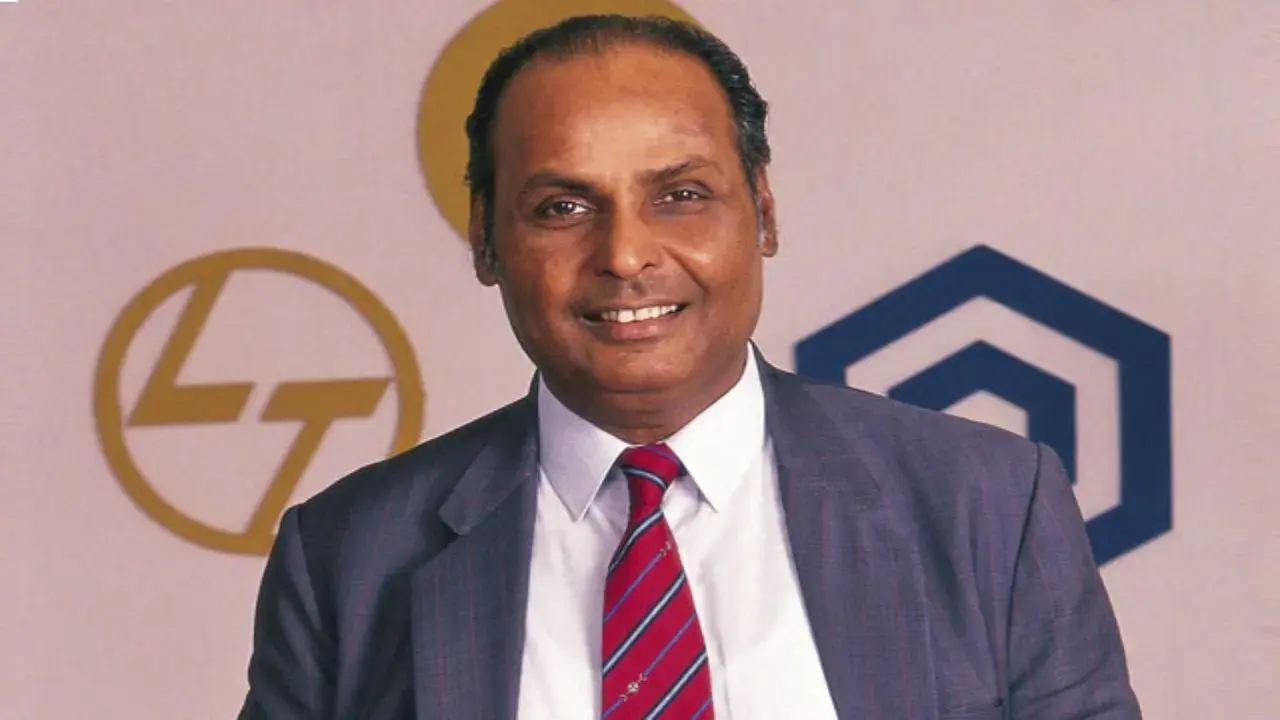The Origins and Rise of Royal Enfield
Royal Enfield, one of the oldest motorcycle brands in the world, traces its roots back to 1893 in Redditch, England. Originally known for producing bicycles, the company quickly transitioned into manufacturing motorcycles. By 1901, Royal Enfield had built its first motorcycle, making it one of the pioneers in the industry. The brand’s iconic tagline, “Made Like a Gun,” reflected the robustness and reliability of its machines.
In the early years, Royal Enfield gained a reputation for producing durable motorcycles that were well-suited for military use. During both World Wars, the company supplied motorcycles to the British Army, further solidifying its status as a reliable and rugged motorcycle manufacturer.
Royal Enfield in India: The Beginning
Royal Enfield’s journey in India began in 1949 when the company began exporting its motorcycles to the country. The Indian government, looking for a reliable motorcycle for its police and army, found the Royal Enfield Bullet 350cc to be an ideal choice. In 1955, Royal Enfield collaborated with Madras Motors in India to form Enfield India, and by 1956, the company had set up a manufacturing plant in Chennai (then Madras) to produce the Bullet 350 locally.
The Bullet became synonymous with Indian motorcycling culture, revered for its classic design and thumping engine. It quickly became the bike of choice for the Indian Army, police forces, and motorcycle enthusiasts across the country.
Setbacks and Decline
Despite its initial success in India, Royal Enfield faced significant challenges in the late 20th century. The motorcycle market in India was undergoing rapid changes, with new competitors entering the scene, offering more modern and affordable motorcycles. Japanese brands like Honda, Yamaha, and Suzuki introduced lightweight, fuel-efficient, and technologically advanced bikes that appealed to the masses.
Royal Enfield, with its heavy and relatively expensive bikes, struggled to keep up with the changing market dynamics. The company faced declining sales and financial difficulties throughout the 1980s and 1990s. Quality issues, lack of innovation, and outdated technology further contributed to the brand’s decline. By the late 1990s, Royal Enfield was on the brink of collapse, with its future looking uncertain.
The Rebirth of Royal Enfield
The turnaround for Royal Enfield began in the early 2000s when Eicher Motors, an Indian automotive company, took full control of the brand. Siddhartha Lal, the young CEO of Eicher Motors, played a pivotal role in the revival of Royal Enfield. Recognizing the brand’s potential, Lal initiated a series of strategic changes that would eventually lead to the company’s resurgence.
One of the first steps taken by Lal was to focus on improving the quality and reliability of Royal Enfield motorcycles. The company invested heavily in modernizing its manufacturing processes, adopting better technology, and streamlining operations. Lal also made the bold decision to focus on Royal Enfield as a niche brand, catering to a specific segment of motorcycle enthusiasts who valued the classic and retro design of the bikes.
In 2008, Royal Enfield introduced the UCE (Unit Construction Engine) platform, which was a major technological leap forward for the brand. The new engine was more reliable, efficient, and easier to maintain, addressing many of the issues that had plagued the older models. The UCE platform was first used in the Bullet Classic 500, which quickly became a hit among riders.
Royal Enfield also focused on expanding its product lineup while staying true to its classic roots. The introduction of models like the Classic 350, Continental GT, and Himalayan attracted a new generation of riders who were drawn to the brand’s heritage and the unique riding experience it offered.
Current Status of Royal Enfield
Today, Royal Enfield stands as a global leader in the mid-size motorcycle segment, with a strong presence in over 60 countries. The brand has managed to retain its iconic status while evolving to meet the demands of modern riders. Its bikes are celebrated for their retro charm, distinctive thumping sound, and the experience they offer.
Royal Enfield’s manufacturing facilities in Chennai are state-of-the-art, and the company has continued to innovate with new models and technologies. The Interceptor 650 and Continental GT 650, launched in 2018, received widespread acclaim for their performance, design, and value for money. These twin-cylinder bikes have been instrumental in Royal Enfield’s success in international markets, particularly in Europe and North America.
The brand has also embraced the digital age, with a strong online presence, dedicated riding communities, and an expanding network of exclusive dealerships. Royal Enfield organizes events like the “Himalayan Odyssey” and “Rider Mania,” which have become iconic gatherings for motorcycle enthusiasts.
In recent years, Royal Enfield has also taken steps towards sustainability by exploring electric motorcycles. The brand is working on developing electric models that will carry forward the legacy of Royal Enfield while adapting to the future of mobility.
Conclusion
Royal Enfield’s journey from the brink of collapse to becoming a global icon is a testament to the power of strategic vision, brand heritage, and innovation. Today, Royal Enfield is not just a motorcycle brand; it is a symbol of enduring legacy, passion for riding, and the spirit of adventure. Despite the setbacks it faced in the past, Royal Enfield has emerged stronger, continuing to inspire and lead in the world of motorcycling.





